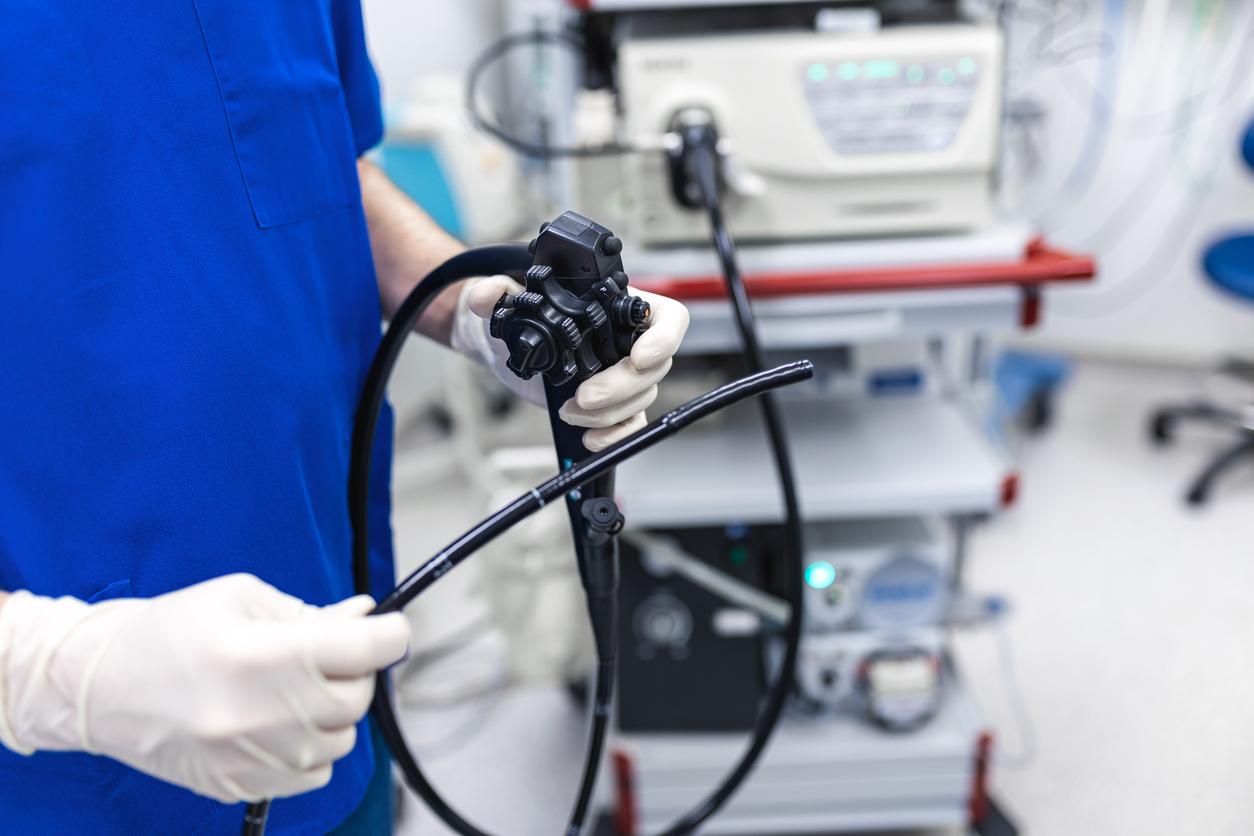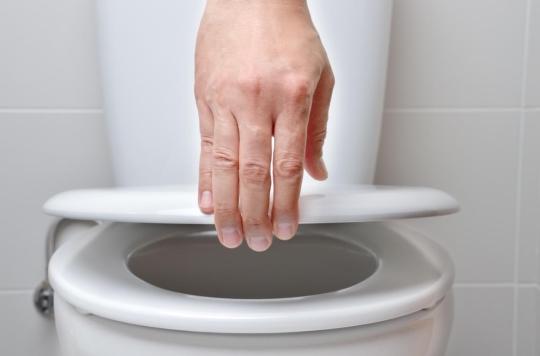
No more need for an endoscope
More and more hospitals are using a ‘virtual colonoscopy’ to rule out colon cancer. There is no need to insert an endoscope into the intestines, but the patient goes through the CT scanner. You also do not have to swallow liters of unappetizing laxative.
People with a suspicious result in the bowel cancer screening program or with complaints that may indicate intestinal polyps or cancer, usually receive a colonoscopy, also known as colonoscopy. A tube with a camera is passed through the large intestine. Many people experience this examination as unpleasant and it can be quite painful. That is why patients usually get a sedation. A colonoscopy takes about half an hour. Because the intestines have to be completely empty, people have to drink a few liters of laxative beforehand.
Watching with CT scan
In many hospitals, however, examination of the colon is also done with CT colonography, also known as virtual colonoscopy. CO2 gas (carbon dioxide) is blown into the intestines with a tube through the anus. This ensures that the intestinal folds relax, so that the CT scanner can image them properly and identify abnormalities. In this way it is therefore possible to look into the intestine from the outside and find polyps, without the need for a tube (endoscope).
Benefits of a CT Colonography
A major advantage of CT colonography is that the intestines do not have to be completely empty, as with a colonoscopy. For CT colonography, three small bottles of laxative (a total of 200 milliliters) and a day of low-fibre diet are therefore sufficient. “A sedation is also not necessary during a CT scan. So you can go home immediately afterwards,” says Jaap Stoker, professor of radiology at the AMC.
In his opinion, CT colonography and colonoscopy are equally good to find large abnormalities. “But with CT colonography, you do miss the small polyps,” Stoker says. “They are not fatal to an over-80, but you do not want to miss them with a 40-year-old and that is why you opt for colonoscopy with them.”
Risks of a CT Colonography
With CT colonography, the risk of intestinal perforation is significantly lower than with colonoscopy. However, there is a (very low) dose of X-rays. This is not a problem for the elderly, but it makes the method unsuitable for children.
CT colonography is especially a good alternative for people from the age of 70 who are not vital, for example due to heart problems. Not only academic hospitals offer the opportunity. It is also possible in many general hospitals, although it is not known where it is and where it is not. Patients who think they qualify for this can ask.
The main disadvantage of CT colonography is that you cannot immediately remove a suspicious polyp during the examination or take a ‘bite’ of an intestinal tumor for further examination. If something is found, people still have to undergo a colonoscopy. In case of a serious suspicion of colon cancer, most doctors therefore immediately opt for colonoscopy.
Sources):
- Plus Magazine

















